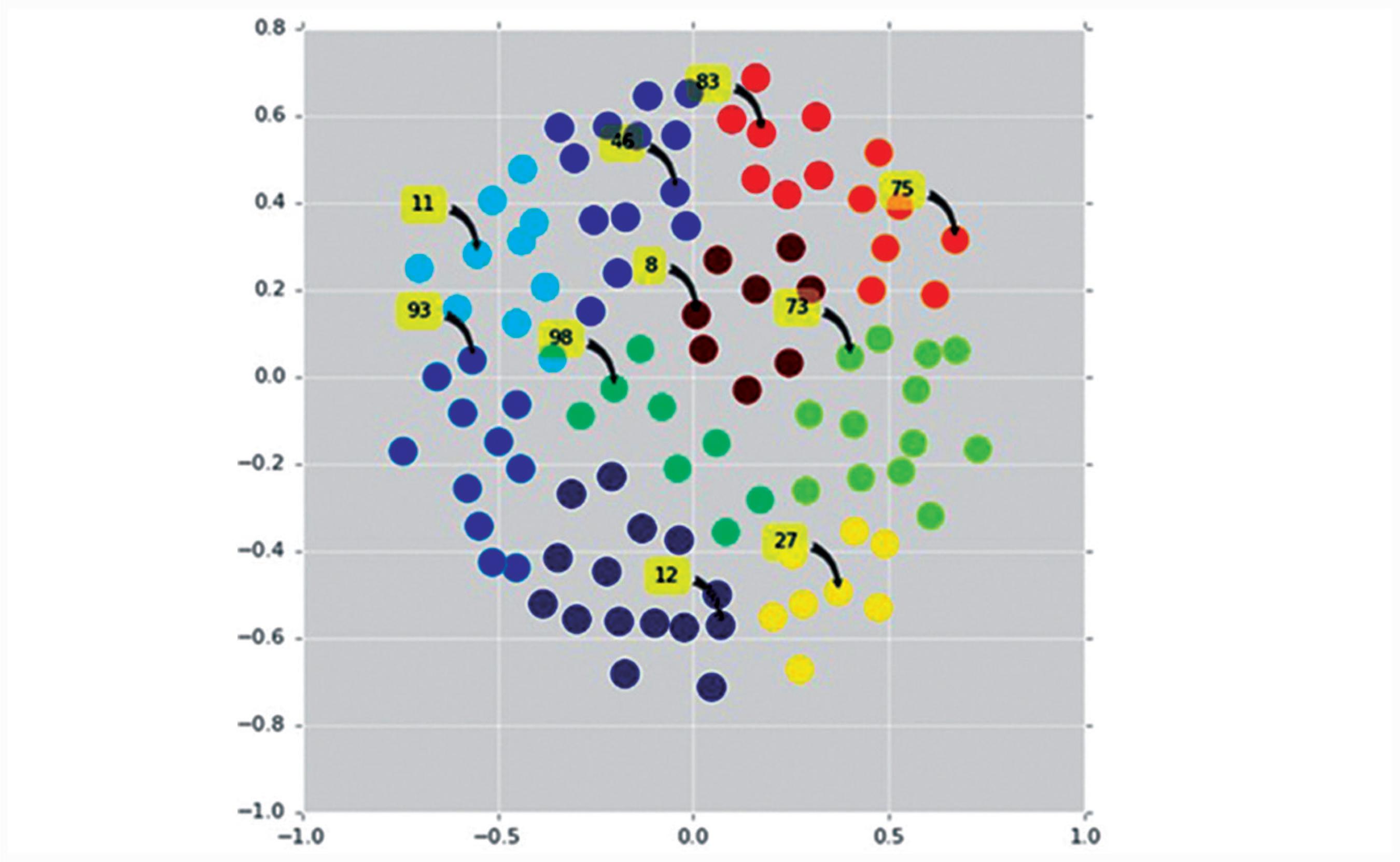Abstract
One of the basic factors in mine operational optimization is knowledge regarding mineral deposit features, which allows to predict its behavior. This could be achieved by conditional geostatistical simulation, which allows to evaluate deposit variability (uncertainty band) and its impacts on project economics. However, a large number of realizations could be computationally expensive when applied in a transfer function. The transfer function that was used in this study was the NPV net present value. Hence, there arises a necessity to reduce the number of realizations obtained by conditional geostatistical simulation in order to make the process more dynamic and yet maintain the uncertainty band. This study made use of machine-learning techniques, such as multidimensional scaling and hierarchical cluster analysis to reduce the number of realizations, based on the Euclidean distance between simulation grids. This approach was tested, generating 100 realizations by the sequential Gaussian simulation method in a database. Proving that similar uncertainty analysis results can be obtained from a smaller number of simulations previously selected by the methodology described in this study, when compared to all simulations.
keywords:
geostatistical simulation; scenario reduction; machine learning; net present value (NPV)


